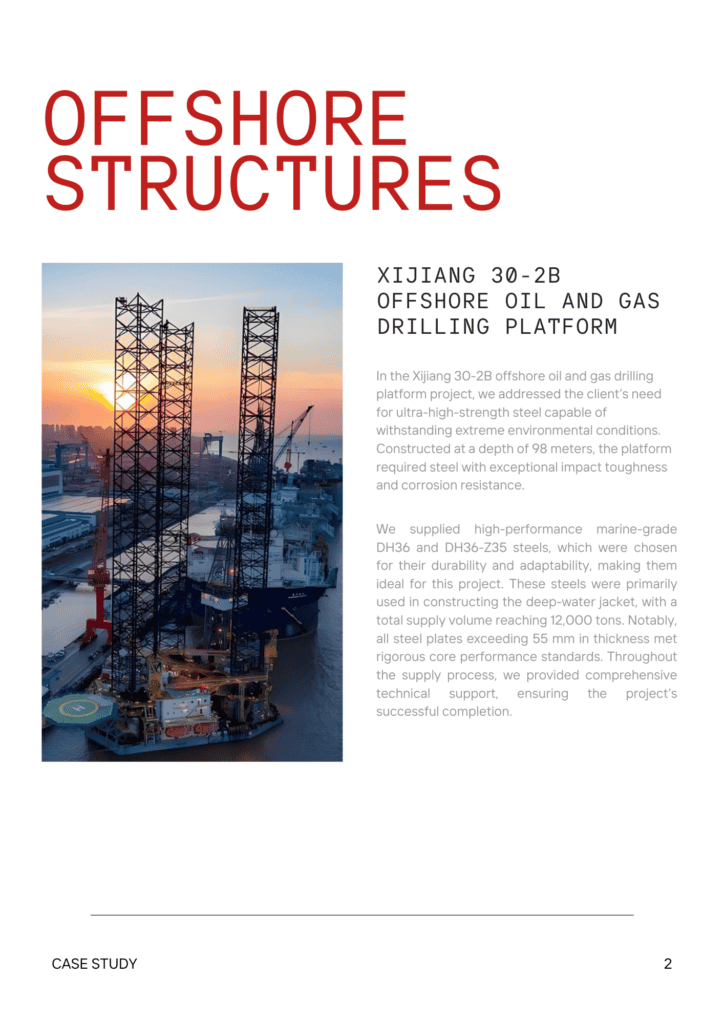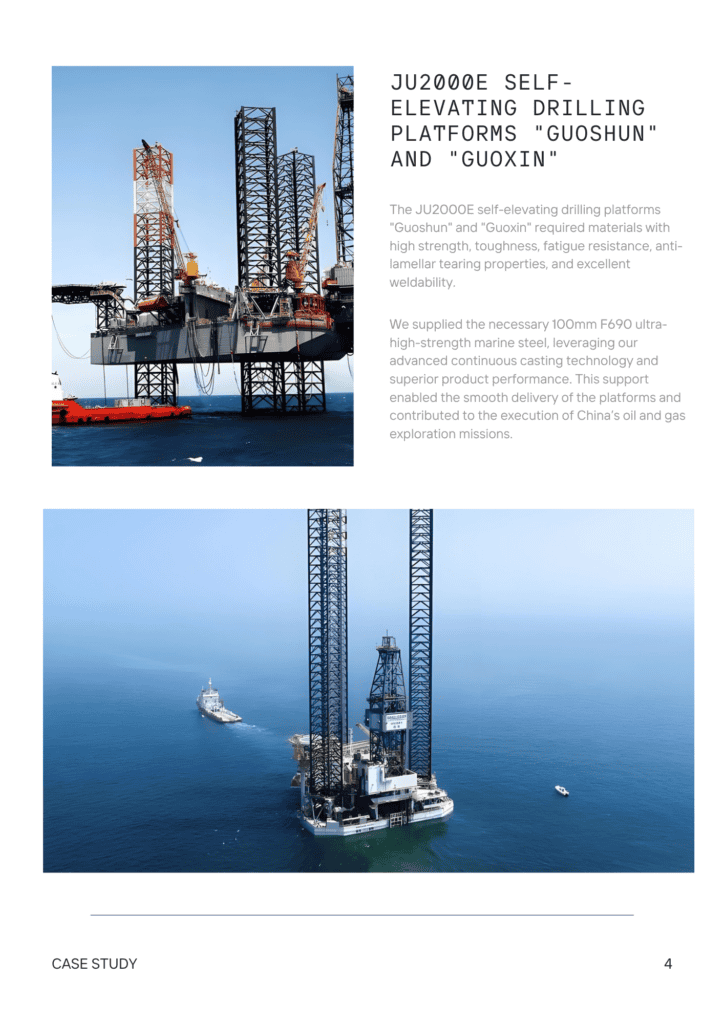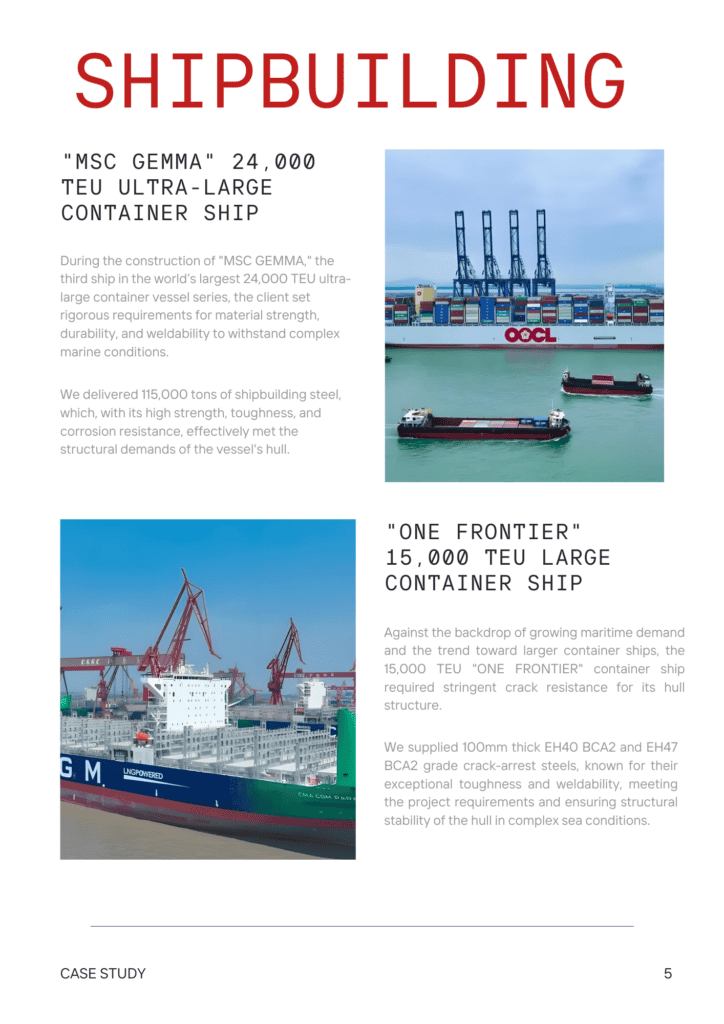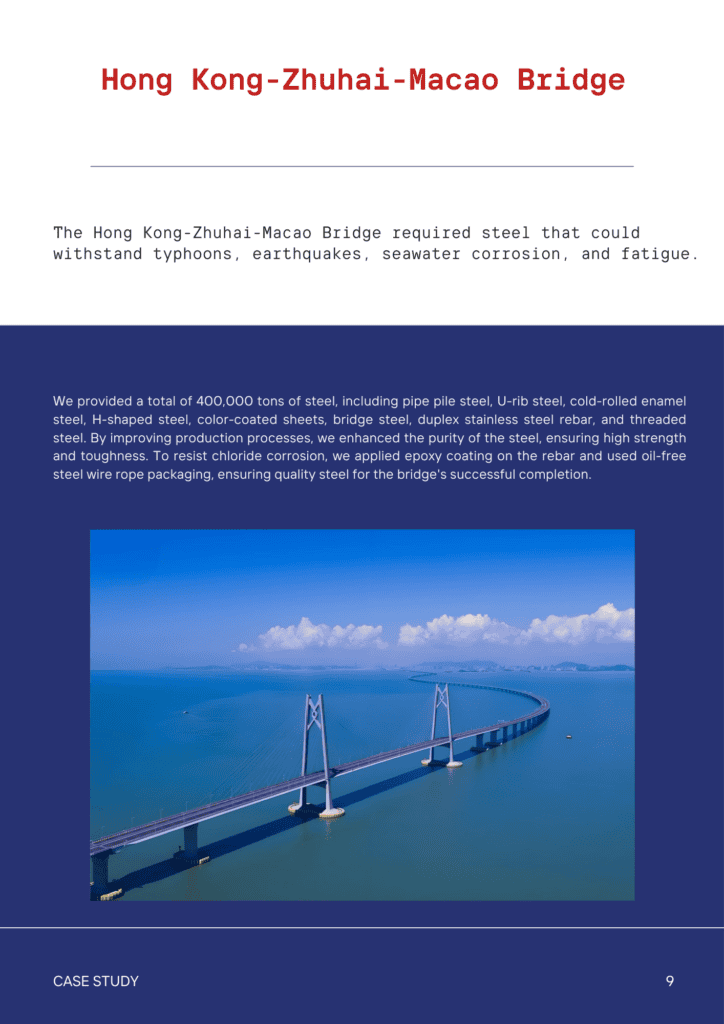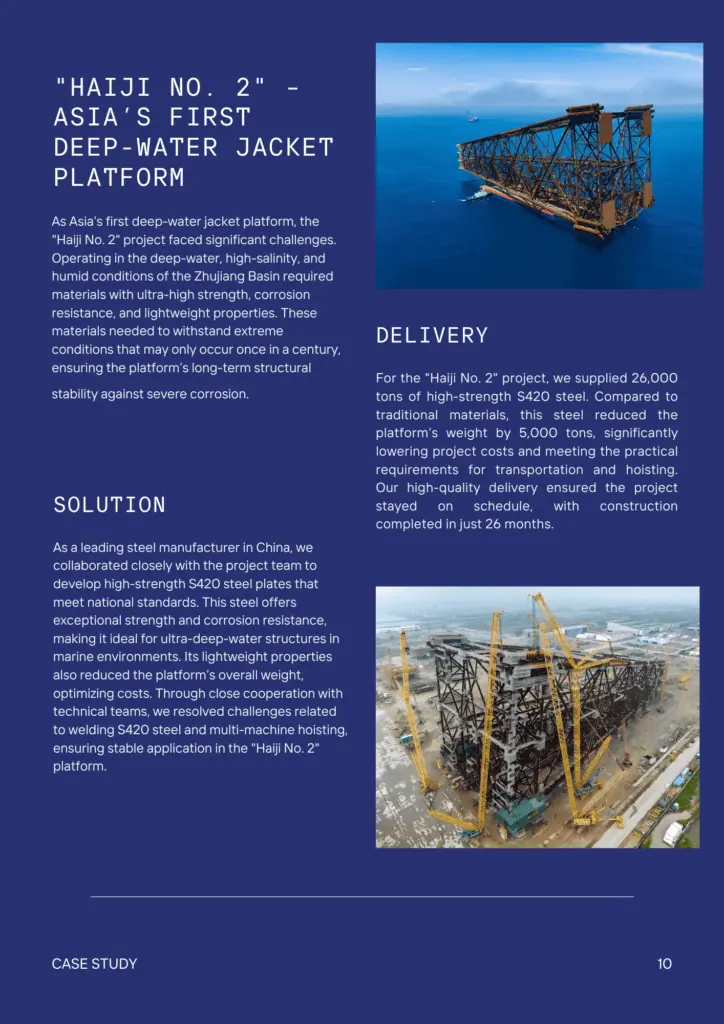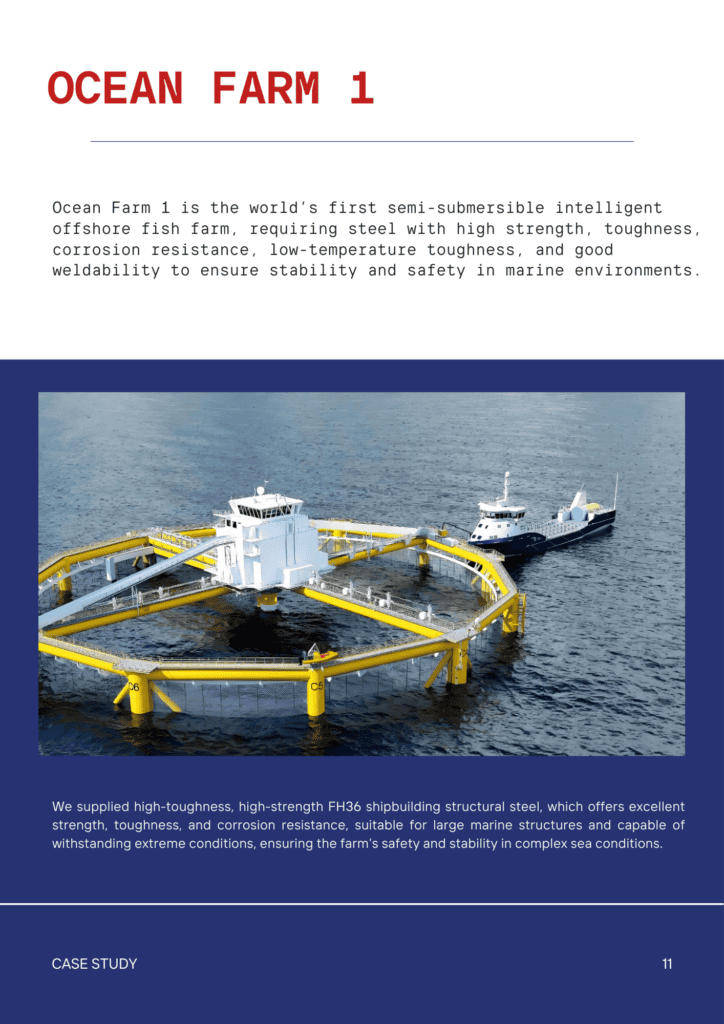Contents
Stainless Steel vs Sterling Silver: From Everyday Use to Industrial Occasions
- John
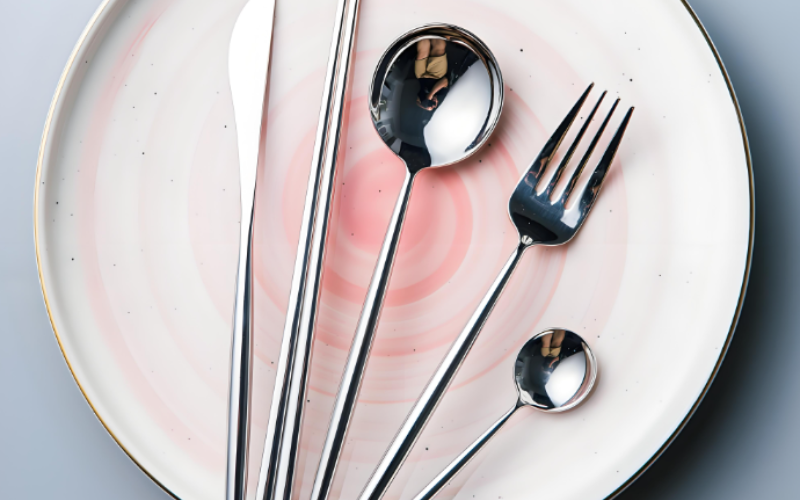
For jewelry or common items, stainless steel and sterling silver frequently arise. Both possess a smooth, glossy silver appearance, making them difficult to differentiate. However focusing only on appearance might overlook key details like allergies and flexibility. These materials are also used in various special industrial applications.
In this article, we’ll dive into the unique features, pros and cons, selection tips, and maintenance advice for both stainless steel and sterling silver. By the conclusion, you’ll gain a better grasp of these materials, even in more specialized areas.
What is Stainless Steel?
Stainless steel is a mixture that includes iron, chromium (minimum 10.5%), molybdenum, carbon, nickel, and nitrogen. It typically features a glossy, metallic exterior. Renowned for its rust resistance, longevity, and robustness, stainless steel is not entirely resistant to corrosion. It is frequently utilized in building, cookware, and healthcare instruments. Stainless steel is typically produced through hot-rolling processes and can be categorized into austenitic, ferritic, and martensitic types.
What is Sterling Silver?
Sterling silver ( 925 silver ) is an alloy of 92.5% silver and 7.5% additional metals, usually copper. It has a shiny, metallic surface and is solid in form. Sterling silver is recognized for its shine and pliability but may tarnish over time. It is used in jewelry, tableware, decorative items, and industry. It is usually molded or pressed into forms and can be polished to keep its look.
With a silver content of 99.9%, it is called fine silver. It is often alloyed with copper to increase its hardness and strength. It is used in high-quality jewelry, silverware, and coins, as well as in soldering and electrical contacts.
Stainless Steel vs Sterling Silver: Properties Comparison
Based on the descriptions above, you may have noticed some differences between stainless steel and sterling silver. Let’s compare their key properties. Understanding these differences between properties can help you make informed choices for various applications.
Chemical Properties of Sterling Silver vs Stainless Steel
The composition directly affects the chemical properties of stainless steel and sterling silver.
Stainless steel, with at least 10.5% chromium, forms a protective oxide layer (Cr2O3). This coating offers outstanding rust resistance, rendering stainless steel ideal for humidity, chemicals, and extreme heat conditions.
Conversely, sterling silver consists of 92.5% silver and 7.5% copper. Silver is more reactive than stainless steel’s acid and alkali resistance. It readily forms black silver sulfide (Ag2S) when exposed to hydrogen sulfide (H2S) in the air, leading to tarnishing. Regular polishing is required to maintain its look. The addition of copper increases hardness and durability.
These variations affect their application in different areas, from industrial uses to high-end jewelry.
Chemical Properties Forms of Stainless Steel
| Element | Composition Range |
| Iron (Fe) | 50.0 – 75.0 % |
| Chromium (Cr) | 10.5 – 30.0 % |
| Nickel (Ni) | 0.0 – 20.0 % |
| Manganese (Mn) | 0.0 – 2.0 % |
| Carbon (C) | 0.0 – 1.2 % |
| Silicon (Si) | 0.0 – 1.0 % |
| Phosphorus (P) | 0.0 – 0.045 % |
| Sulfur (S) | 0.0 – 0.03 % |
Chemical Properties Forms of Sterling Silver
| Element | Composition Range |
| Silver (Ag) | 92.5 % |
| Copper (Cu) | 7.5 % |
| Other Metals | 0.0 – 1.0 % |
Physical Properties of Stainless Steel vs Sterling Silver
The physical properties of stainless steel and sterling silver affect their performance. Let’s examine the particular distinctions in their physical attributes.
Weight Difference: Given the same size, stainless steel is lighter due to its lower density compared to sterling silver. This makes stainless steel preferable for weight-sensitive applications. Sterling silver, being denser, offers more mass in the same volume, which is advantageous in the jewelry industry.
Melting Point: Stainless steel has a greater melting point (1,400 to 1,500°C) compared to sterling silver (893°C). Therefore, stainless steel is used in high-temperature environments like kitchenware and industrial equipment, while sterling silver is better suited for low-temperature applications.
Magnetic Properties: Apart from austenitic stainless steel, which is non-magnetic, other types of stainless steel are magnetic. Magnetic stainless steel plays a crucial role in industrial equipment, household appliances, and architectural decorations. Silver, including sterling silver, is non-magnetic, making it useful for material identification, medical devices, and electrical applications.
Electrical Conductivity: Both stainless steel and sterling silver are conductive, but sterling silver has superior conductivity. It is widely used in electrical contacts and for electroplating other metals.
Durability and Malleability: Stainless steel features high impact and wear resistance, making it exceptionally durable. Sterling silver is softer and more malleable, with lower scratch resistance, making it ideal for detailed engravings and adjustable rings, but less durable in harsh conditions.
Physical Properties Forms of Stainless Steel
| Property | Value |
| Density | 8,000 kg/m³ |
| Melting Point | 1,400 to 1,500°C |
| Magnetic Properties | Non-magnetic (austenitic) |
| Thermal Conductivity | Good |
| Electrical Conductivity | Good |
| Impact Resistance | High |
| Wear Resistance | High |
Physical Properties Forms of Sterling Silver
| Property | Value |
| Density | 10,490 kg/m³ |
| Melting Point | 893°C |
| Reflectivity | High |
| Thermal Conductivity | Excellent |
| Electrical Conductivity | Excellent |
| Hardness | Softer, more malleable |
| Scratch Resistance | Low |
Mechanical Properties of Stainless Steel vs Sterling Silver
Stainless steel is renowned for its strength, hardness, and wear resistance, making it a go-to choice for industrial applications and tools. In contrast, 925 silver shines in terms of ductility and aesthetic appeal, allowing for intricate designs in jewelry.
Strength
Stainless steel has a tensile strength of 520 – 1,200 MPa, while 925 silver ranges from 170 – 350 MPa. This higher strength allows stainless steel to handle greater loads without deforming, making it ideal for structural use.
Hardness
Stainless steel typically has a hardness of 150 – 300 HV, compared to 925 silver’s 60 – 100 HV. This means stainless steel is more scratch-resistant and durable, while 925 silver can easily be damaged.
Ductility
925 silver is highly ductile, with up to 30% elongation, whereas stainless steel is around 15 – 25%. This makes 925 silver better for intricate designs in jewelry, allowing for shaping without breaking.
Wear Resistance
Stainless steel scores 6.0 – 7.5 on the Mohs scale, while 925 silver scores 2.5 – 3.0. This higher wear resistance means stainless steel is more suitable for high-friction applications, like tools and cutlery.
Advantages and Disadvantages: Sterling Silver vs Stainless Steel
Although stainless steel and sterling silver each have their advantages, both materials also have inherent drawbacks due to their properties. Let’s explore the benefits and drawbacks of these two materials.
Advantages of Stainless Steel
- Corrosion Resistance and Durability: Stainless steel includes chromium, creating a protective oxide coating that stops rust and deterioration. It has excellent resistance to wear and deformation, ensuring a long lifespan.
- Strength: Featuring high tensile strength, stainless steel is robust and appropriate for demanding applications.
- Hygiene: Its impermeable surface is simple to clean and does not retain bacteria, making it perfect for medical and food-grade uses.
- Aesthetic Appeal: Stainless steel can be electroplated or coated to exhibit various colors and textures, enhancing design diversity.
- Recyclability: It is fully recyclable, making it an eco-friendly option.
- Cost-Effective: Compared to sterling silver, stainless steel is more affordable, making it an excellent choice for fashion jewelry.
Disadvantages of Stainless Steel
- Workability: Compared to softer metals like sterling silver, stainless steel is harder to process, requiring specialized tools and techniques for cutting and shaping.
- Thermal Conductivity: Stainless steel has reduced thermal conductivity compared to sterling silver, which may be a drawback in situations requiring effective heat transfer.
- Nickel Allergy: Some stainless steel contains nickel, which can cause allergic reactions, particularly in close-contact items like jewelry.
- Fingerprint and Smudge Susceptibility: Its shiny surface easily shows fingerprints and smudges, necessitating frequent cleaning to maintain its appearance.
- Initial Investment: Producing items with stainless steel can be more expensive due to the requirement for specialized machinery and methods.
Advantages of Sterling Silver
- Aesthetic Appeal: Sterling silver has a unique, soft luster known as a “silver-white” shine. Its refined look makes it a preferred option for high-end jewelry and ornamental items.
- Malleability: Sterling silver is softer and more malleable than many other metals, ideal for intricate designs and detailed engravings.
- Thermal and Electrical Conductivity: It has excellent thermal conductivity, suitable for efficient heat transfer applications. Its exceptional electrical conductivity makes it perfect for electrical connections and parts.
- Hypoallergenic: Sterling silver (925 silver) is hypoallergenic, causing fewer allergic reactions than other metals, making it suitable for sensitive skin.
- Antimicrobial Properties: Silver has natural antimicrobial properties, beneficial in medical and hygiene applications.
- Recyclability: Just like stainless steel, sterling silver is entirely recyclable, aiding in environmental preservation.
- Cost-Effective: While more expensive than stainless steel, sterling silver is more affordable than precious metals like gold and platinum, making it an economical choice for fine jewelry.
Disadvantages of Sterling Silver
- Tarnishing: Sterling silver tarnishes easily when exposed to air and sulfur, requiring regular maintenance and polishing to maintain its appearance.
- Softness: In comparison to tougher metals such as stainless steel, sterling silver is softer and more susceptible to scratching and deformation.
- Durability: The softness and susceptibility to damage make sterling silver less durable for heavy-duty or high-wear applications.
- Alloy Metals: While pure silver is hypoallergenic, the copper or other elements alloyed with silver can cause reactions in sensitive individuals, especially if nickel is present.
- Weight: Sterling silver is denser and heavier than some alternative materials, which can be a disadvantage in weight-sensitive applications like aerospace.
Stainless steel is resistant to corrosion and budget-friendly, making it perfect for robust and medical uses. While it can be used for jewelry, it is prone to work hardening during processing, making it less suitable for fine detailing.
Sterling silver offers excellent conductivity, aesthetic appeal, and hypoallergenic properties, making it perfect for fine jewelry and decorative items. However, it tarnishes and requires regular maintenance, and its durability is poor in high-wear applications.
You can choose the appropriate material based on specific needs and uses by comparing these unique properties.
Addressing Casting Porosity and Fire Scale in Sterling Silver
Sterling silver can face issues like casting porosity and fire scale during the casting process due to its high copper content and specific melting characteristics. However, there are effective remedies to mitigate these problems.
Reducing Casting Porosity
To minimize porosity, ensure that the melting process is conducted under controlled temperatures. Using proper vacuum or pressure casting techniques can also help eliminate trapped air and reduce the likelihood of voids in the final product.
Preventing Fire Scale
Fire scale can be managed by using a protective flux during the melting process, which helps to shield the silver from oxidation. Additionally, using a controlled atmosphere or reducing agents during heating can significantly decrease the formation of fire scale.
Adding Alloying Elements
Incorporating appropriate amounts of germanium, copper, zinc, platinum, silicon, and magnesium can improve casting performance, reducing porosity and fire scale formation. Copper enhances strength and wear resistance, zinc aids fluidity, and magnesium boosts oxidation resistance. These elements also help maintain the luster of sterling silver and slow down oxidation.
Post-Casting Treatments
After casting, employing appropriate pickling solutions can effectively remove fire scale and surface impurities. This step can enhance the appearance and finish of the sterling silver pieces, ensuring they meet quality standards.
Comparison of Oxidation Levels: Sterling Silver vs. Stainless Steel
Sterling silver and stainless steel exhibit different behaviors when exposed to environmental factors, leading to distinct oxidation characteristics. Understanding these differences is crucial for material selection based on application requirements.
Oxidation in Sterling Silver
Sterling silver is not highly reactive and does not readily oxidize at room temperature when exposed to oxygen or water. However, it is susceptible to various environmental factors that can lead to tarnishing and corrosion:
- Sulfur Compounds: Common atmospheric pollutants, particularly sulfur compounds from fossil fuel combustion and industrial processes, react with silver to form silver sulfide, resulting in black tarnish.
- Ozone Exposure: Low concentrations of ozone can react with silver, leading to the formation of silver oxide, which can dull the surface.
- Purity Levels: As the purity of silver decreases, typically due to the presence of copper in the alloy, the likelihood of corrosion and loss of luster increases. Copper can react with oxygen in the air, exacerbating tarnishing.
- Acidic Substances: Everyday items like vinegar, detergents, and salt can accelerate corrosion, further compromising the appearance and integrity of sterling silver.
- Humidity: High humidity can enhance the tarnishing process, as moisture facilitates the reaction between silver and sulfur compounds in the air.
Understanding these factors is crucial for proper care and maintenance of sterling silver items to minimize tarnishing and preserve their appearance.
Oxidation in Stainless Steel
In contrast, stainless steel exhibits high corrosion resistance, largely due to its chromium content, which forms a protective oxide layer. However, certain conditions can still lead to oxidation and corrosion:
- Chemical Reactions: Strong acids (like sulfuric and hydrochloric acid) and strong bases (like sodium hydroxide) can react with stainless steel, leading to surface corrosion. Salts, particularly sodium chloride in humid environments, can also accelerate corrosion.
- Surface Contaminants: Oils, dust, and other pollutants can adhere to the surface of stainless steel, potentially creating corrosive media that initiate oxidation.
- Electrolytic Environments: Exposure to electrolytes, such as chloride ions, can cause electrochemical reactions that compromise the passive oxide layer, leading to localized corrosion.
- Dissimilar Metal Contact: When stainless steel comes into contact with other metals (such as carbon steel), galvanic corrosion can occur, creating a galvanic cell that exacerbates corrosion issues.
- Stress Corrosion Cracking: Stainless steel may suffer from stress corrosion cracking when subjected to tensile stress in the presence of corrosive media, leading to material failure.
In summary, while sterling silver is prone to tarnishing and corrosion from environmental factors and everyday substances, stainless steel offers superior resistance but is not immune to specific corrosive conditions.
Does Stainless Steel Turn Green?
No, stainless steel does not turn green. However, it can develop surface stains or rust if exposed to harsh conditions, but this is not the same as the green patina seen in copper or bronze.
Tips for Choosing Stainless Steel and Sterling Silver
You might already know the basic properties and pros and cons of stainless steel and sterling silver, but choosing between them can still be tricky. Whether looking for everyday items or something for special occasions, these tips can help us to make an informed decision.
Choosing Tips for Everyday Use
When choosing materials for daily use, it’s crucial to assess durability, upkeep, and practicality. Here are some suggestions to help you choose between stainless steel and sterling silver for your daily items.
- Special Environments: For items frequently exposed to water or chemicals, choose corrosion-resistant stainless steel.
- Maintenance Needs: Opt for stainless steel if you prefer low-maintenance items, as it doesn’t tarnish and is easy to clean.
- Skin Sensitivity: For sensitive skin, select 316L stainless steel or 925 sterling silver.
- Weight Preferences: Choose stainless steel for lighter items; select sterling silver for a heavier feel.
- Appearance: Sterling silver offers a classic, elegant look, while stainless steel provides a sleek, modern metallic shine. Choose based on your preference.
- Budget: If on a budget, choose stainless steel for its affordability and durability.
- Kitchenware: For utensils, cookware, and appliances, stainless steel is ideal due to its durability and ease of cleaning, unlike the traditional use of silver.
- Gifts: For practical, durable gifts, choose stainless steel. For sentimental or elegant gifts, opt for sterling silver.
Choosing Tips for Special Occasions
When choosing materials for special occasions in industrial and manufacturing contexts, consider the specific requirements and properties of stainless steel and sterling silver. Here are some tips to guide your choice:
- High-Temperature Environments: For applications like industrial machinery or heat exchangers requiring high-temperature resistance, choose stainless steel with a higher melting point (1,400 to 1,500°C), such as Grade 310 SS.
- Corrosive Environments: In chemical processing or marine settings, opt for corrosion-resistant stainless steel like Grade 316 SS.
- Hygiene-Sensitive Areas: For medical devices or food processing equipment, stainless steel is ideal due to its non-porous surface and easy sterilization.
- Precision Components: For electronic components or fine instruments, choose sterling silver for its superior electrical conductivity.
- High-Wear Applications: For frequently used and worn items like industrial tools or heavy-duty fasteners, stainless steel offers unmatched durability and strength.
- Chemical Stability: In certain chemical environments, sterling silver may be more stable than stainless steel, especially in chloride-containing environments.
- Industry Standards: Adhere to specific material requirements for your industry. For instance, the FDA mandates 304 and 316 SS for food contact; ASTM standards specify ASTM F138 and ASTM F139 for surgical implants. Choose grades according to relevant industry standards.
For everyday use, choose stainless steel for its low cost, durability, and low maintenance. Opt for sterling silver if you prioritize aesthetics and hypoallergenic properties.
In industrial settings, select stainless steel for high-temperature, corrosive environments, and hygiene-sensitive areas to save costs. Use sterling silver for precision components and specific chemical environments. Always follow industry standards to ensure the correct material grade.
How to Maintain Stainless Steel and Sterling Silver
Proper care guarantees the durability and look of both stainless steel and sterling silver products. Here are essential tips to keep your items in excellent condition.
Maintaining Stainless Steel
Even though stainless steel is resistant to rust, appropriate and consistent upkeep guarantees its durability and peak efficiency. Here are specific tips for everyday items and industrial environments.
Everyday Items:
- Cleaning: Use a gentle soap and warm water. Wipe with a soft cloth to prevent scratches.
- Polishing: Utilize a stainless steel cleaner or polish to renew the luster.
- Avoid Abrasives: Avoid using steel wool or harsh cleaners that might harm the surface.
- Drying: Always dry after washing to prevent water spots and mineral deposits.
Industrial Environment:
- Regular Inspection: Check for signs of corrosion, wear, and damage.
- Cleaning: Use specialized industrial cleaners that are non-abrasive.
- Preventive Maintenance: Use protective coatings or treatments to improve resistance to severe conditions.
- Environment Control: Maintain optimal conditions to minimize exposure to corrosive elements.
Maintaining Sterling Silver
Proper care is essential to keep sterling silver items looking their best and prevent tarnishing. Regular maintenance can ensure longevity and shine. Here are tips for both everyday items and industrial environments.
Everyday Items:
- Cleaning: Use a soft cloth and silver polish. For regular cleaning, a combination of mild soap and warm water is effective.
- Storage: Store in anti-tarnish bags or clothes to prevent tarnishing.
- Avoid Chemicals: Stay away from strong chemicals, fragrances, and creams.
- Polishing: Regularly polish to maintain shine and remove tarnish.
Industrial Environment:
- Regular Cleaning: Use non-abrasive silver cleaners designed for industrial use.
- Protective Coatings: Apply anti-tarnish coatings to prolong the lifespan.
- Controlled Storage: Store in environments with controlled humidity and minimal exposure to reactive chemicals.
- Routine Checks: Inspect regularly for tarnish and corrosion, applying maintenance as needed.
Regular maintenance is crucial for preserving the longevity and optimal performance of stainless steel and sterling silver items. Following these tips will help maintain the appearance and longevity of these materials in everyday and industrial applications.
Can I Shower With Stainless Steel Jewelry?
Yes, you can shower with stainless steel jewelry. It is resistant to rust and corrosion, making it safe for regular water exposure.
Is Stainless Steel Better than Sterling Silver?
Generally, it needs to depend on the occasion. Stainless steel is generally better than sterling silver for durability, strength, and wear resistance, making it ideal for tools and everyday items. However, in the jewelry world, sterling silver is better suited for jewelry making due to its higher price and the beauty and malleability of the silver-white color.
What Are The Side Effects Of Stainless Steel In The Body?
Stainless steel is usually safe, but some individuals might have allergic reactions to nickel, which is found in certain stainless steel alloys. Choose hypoallergenic grades like 316L to minimize this risk.
What Are the Advantages of Using Stainless Steel in Food Processing Equipment?
Stainless steel is non-absorbent, simple to clean, and very resistant to rust, making it a superb option for food processing machinery. It aids in upholding hygiene standards and avoids contamination.
What Are the Common Applications of Different Stainless Steel Grades?
Various types of stainless steel are employed for different uses. For example, Grade 304 is commonly used in kitchen appliances and utensils, while Grade 316 is used in chemical processing and marine applications. Grade 310 is used in high-temperature environments.
Is silver or stainless steel better for silverware?
Stainless steel is typically superior for cutlery because of its sturdiness, minimal upkeep, and resistance to rust and corrosion. However, silver is preferred for high-end, decorative tableware due to its elegant appearance and traditional value.
Selecting the Perfect Stainless Steel or Sterling Silver for Your Needs
After reading this article, you now understand the differences between stainless steel and sterling silver. Stainless steel is durable, corrosion-resistant, and cost-effective. It is ideal for industrial use, hypoallergenic needs, and budget-conscious buyers. Sterling silver is elegant, conductive, and antimicrobial. It is perfect for high-quality, aesthetic, and hygiene-focused applications.
SteelPRO Group is a professional metal supplier. We offer high-quality stainless steel and silver-plating services to enhance thermal conductivity. Visit our blog page and Contact us to find the best materials for your needs.
- Stainless Steel Grades
- 300 Series Stainless Steel
- 303 Stainless Steel
- 304 Stainless Steel
- 305 Stainless Steel
- 308 Stainless Steel
- 316 Stainless Steel
- 316N Stainless Steel
- 409 Stainless Steel
- 410 Stainless Steel
- 416 Stainless Steel
- 420 Stainless Steel
- 430 Stainless Steel
- 410HT And 410L Stainless Steels
- 410S Stainless Steel
- 440 Stainless Steel
- 436 Stainless Steel
- 301 Stainless Steel
- 201 Stainless Steel
- 202 Stainless Steel
- 444 Stainless Steel
- 405 Stainless Steel
- 302 Stainless Steel
- 309 Stainless Steel
- 314 Stainless Steel
- 321 Stainless Steel
- 347 Stainless Steel
- 408 Stainless Steel
- 422 Stainless Steel
- 431 Stainless Steel
- 434 Stainless Steel
- 414 Stainless Steel
- 430FR Stainless Steel
- 13-8 PH Stainless Steel
- 317 | 317L Stainless Steel
- 616 Stainless Steel
- 630 Stainless Steel
- 904L Stainless Steel
- A2 Stainless Steel
- 304 vs 304L Stainless Steel
- 304 VS 316 Stainless Steel
- 304 vs 409 Stainless Steel
- 304 vs 430 Stainless Steel
- 410 Stainless Steel vs 304
- 18/0 vs 18/10
- 18/0 Stainless Steel
- 18/8 Stainless Steel
- 18/10 Stainless Steel
Comparisons




